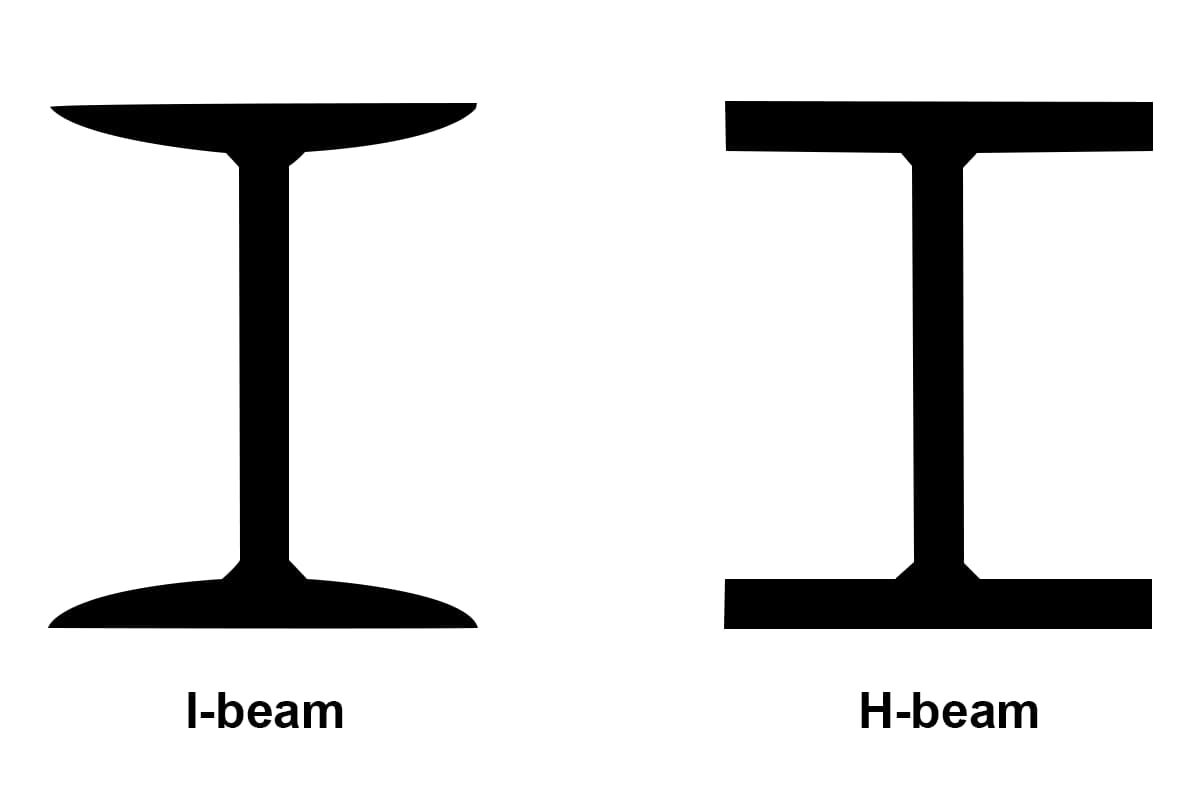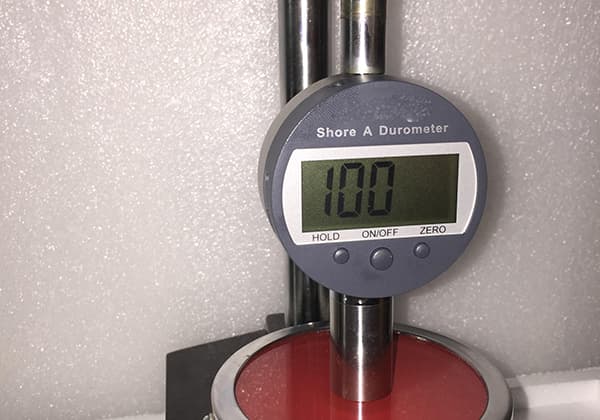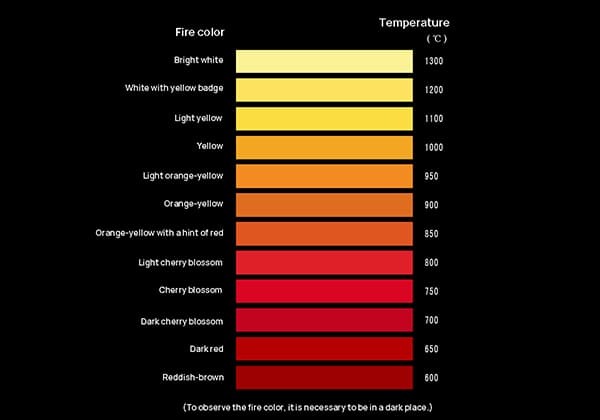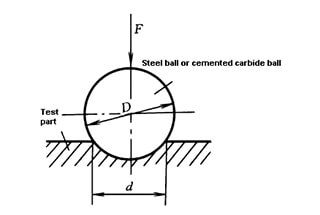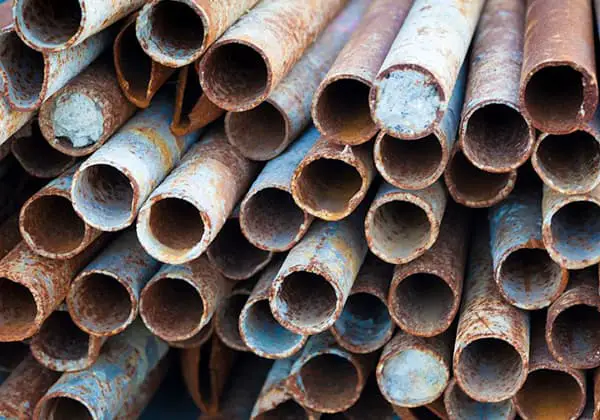
Have you ever wondered what distinguishes special steel from superior steel? This article dives into the nuances between these two steel types, exploring their unique properties, production methods, and applications. You’ll learn how advancements in steel technology have led to the development of superior steel and its increasing significance in various industries. Discover how each type meets specific engineering demands and what this means for future innovations in metalworking.
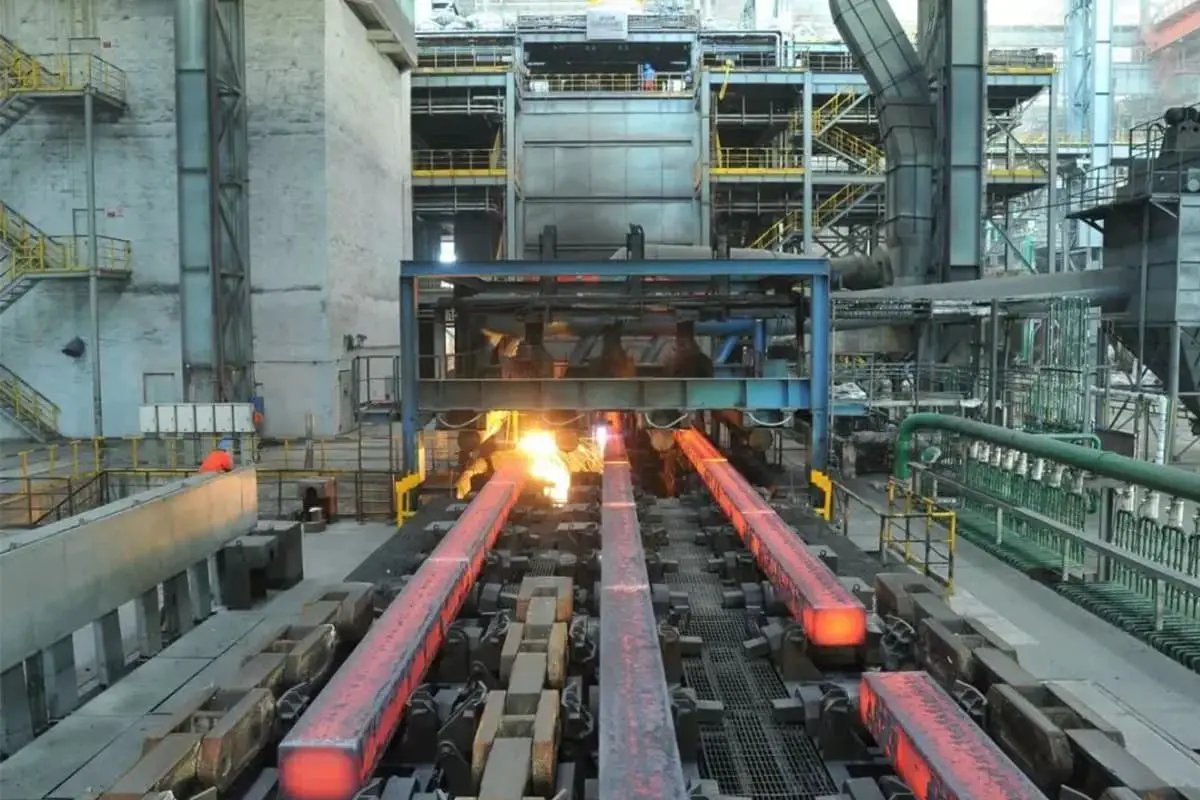
Twenty years ago, the concept of “superior steel” was rarely mentioned. Back then, when referring to “special steel,” it included “superior steel.” The typical description of what constituted “special steel” was that steel produced in converters was generally called “carbon steel,” and that produced in electric furnaces was referred to as “special steel.” Even in the 1990s, this was a common explanation within our industry.
Over the past two decades, the rapid development of the steel industry has been overwhelming. In the mid-1990s, the special steel industry’s ultra-high-power electric arc furnaces, combined with external refining and continuous casting and rolling, represented the most advanced equipment technology. Even then, we were exploring the feasibility of using continuous casting and rolling techniques to produce bearing steel. Today, ultra-high-power continuous casting and rolling technology equipment is almost a basic requirement.

An important fact we should not forget is that in the late 1990s, it was Xingcheng Special Steel’s adoption of ultra-high-power furnaces with external refining and continuous casting and rolling technology for bearing steel production that significantly improved production efficiency. Building upon this, further attempts were made to produce bearing steel using converter furnaces with external refining. This solidified Xingcheng’s leading position in the production and sales of bearing steel.
Consequently, more metallurgical enterprises began using converter furnaces with external refining to produce GB standards 699 and 3077 carbon and low-alloy special steels, commonly referred to as “superior steel” products. This led to the widespread recognition of the “superior steel” concept in the industry.
Hence, my subsequent references to “superior steel” mainly pertain to products listed under GB standards 699 and 3077. This classification is not intended to delve into the categorization of “superior steel” and “special steel,” but rather serves as a temporary explanation for further discussion. Industry leaders and experts will have more professional opinions on their specific classification.
“Superior steel” (positioned between special steel and plain carbon steel, generally non-alloyed) is characterized by good mechanical properties, such as tensile and compressive strength, toughness, easy machinability, and significant improvement in mechanical properties after heat treatment. In terms of composition, it has fewer impurities and finer, more uniform metallic grains.
Common types of superior steel include carbon structural steel, alloy structural steel, tool steel, spring steel, high-quality steel rounds, high-speed steel, bearing steel, high-quality carbon steel, gear steel, carbon tool steel, alloy tool steel, carbon structural steel, billet steel, roll steel, etc.
Carbon Structural Steel: Simply put, high-quality carbon structural steel is referred to as carbon structural steel. Specifically, its carbon content is less than 0.08%. Low-carbon structural steel is used for rolling thin plates and deep-drawn products; medium-carbon structural steel is used for smaller quenched and tempered parts, including tie rods, bushings, gears, piston pins, fasteners, etc.; high-carbon structural steel is used for springs and wear-resistant parts.
Alloy Structural Steel: Used for mechanical parts and various engineering components, containing one or several specific amounts of alloying elements. It can be divided into ordinary alloy structural steel and special-purpose alloy structural steel, widely used in ships, vehicles, aircraft, missiles, weapons, railways, bridges, pressure vessels, machine tools, and other structures.
Tool Steel: Generally divided into cold-work tool steel, hot-work tool steel, and plastic mold steel, used for forging, stamping, die-cutting, die-casting, etc.
Spring Steel: Specifically designed for its elasticity in quenched and tempered states, used for manufacturing springs and elastic components.
Bearing Steel: Used for making balls, rollers, and bearing rings. Bearing steel must have high and uniform hardness, wear resistance, and a high elastic limit due to the immense pressure and friction it endures during operation.
Gear Steel: Refers to steel materials suitable for gear manufacturing. It’s a critical material in special alloy steels used in automobiles, railways, ships, construction machinery, and is a core component material for ensuring safety.
Special Steel: There’s no unified definition or concept for special steel globally. Generally, it’s considered to include steels with special chemical compositions (alloyed and with a suitable amount of one or several alloy elements), produced using special processes, possessing special structures and properties, and meeting specific needs.
Compared to ordinary steel, special steel has higher strength and toughness, physical properties, chemical properties, biocompatibility, and processability, such as high strength, hardness, good plasticity, toughness, wear resistance, corrosion resistance, and many other excellent properties.
Special steel plays a crucial role in industries like machinery, automotive, military, chemical, household appliances, shipping, transportation, railways, and emerging industries. The special steel industry supports national defense, high-tech industries, and key sectors such as machinery and automotive with essential varieties of special steel.

